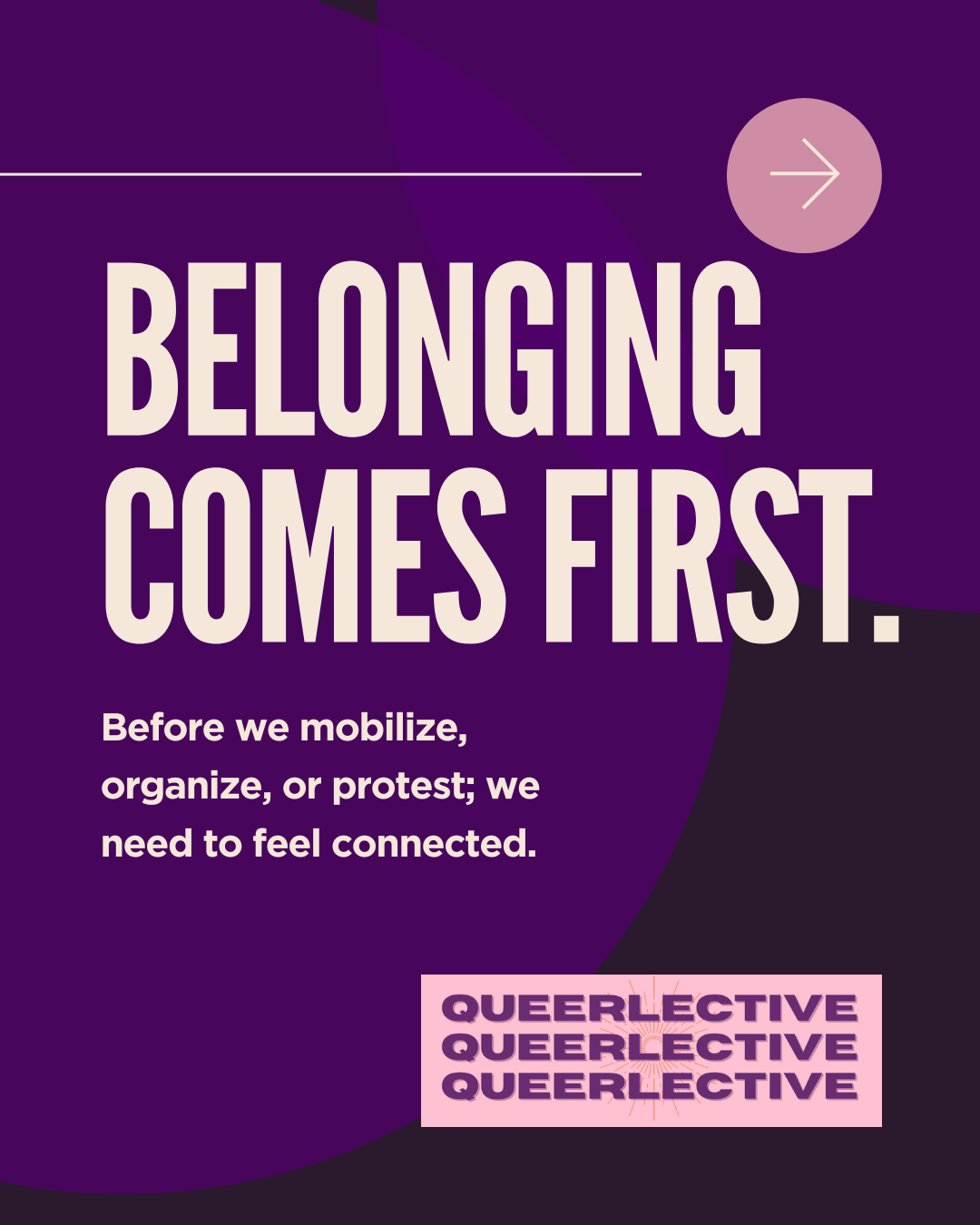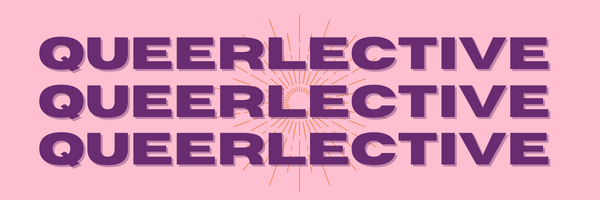
Why Belonging Comes First: The Role of Art, Culture, and Community in Social Change
As I’ve spent more time navigating the social change and funding landscape in New Hampshire, one thing has become increasingly clear: I often have to advocate for the very idea that art, culture, and community building belong in the social change ecosystem.
 Even now, this always takes me by surprise. Not because I don’t expect challenges, but because it seems like such an obvious truth. If we want to build a more just world, we have to start by making sure people feel like they belong in it.
Even now, this always takes me by surprise. Not because I don’t expect challenges, but because it seems like such an obvious truth. If we want to build a more just world, we have to start by making sure people feel like they belong in it.
Too often, we overlook this first step. We focus on systems, policy, and mobilization without acknowledging that systemically oppressed communities are being intentionally isolated. This isolation isn’t accidental but a tactic. The less connected we are to one another, the harder it is to build collective power. If we don’t feel seen, heard, or supported, it becomes harder to speak up, advocate, or protest. It becomes easier to stay home.
Queerlective full-heartedly believes that belonging is a prerequisite for action.
The U.S. Surgeon General’s Advisory on the Epidemic of Loneliness and Isolation supports this directly. The report finds that higher levels of social connection are linked to increased civic engagement including voting, advocacy, and local participation. In other words, when people are woven into their communities, they’re more likely to care, to show up, and to lead.
“One study showed that higher levels of family and community connection during adolescence predicted civic engagement outcomes in young adulthood... including a greater likelihood of voting and involvement in social action.”
— Our Epidemic of Loneliness and Isolation: The U.S. Surgeon General’s Advisory
That’s why spaces that foster community, whether through a zine workshop, a mutual aid gathering, or an art show, are not side projects or feel-good extras. They are the foundation of sustainable movements. These moments of connection, joy, and shared experience create the infrastructure we need to hold one another through the long work of systemic change.
The Queerlective team sees ourselves as builders and weavers in this ecosystem. We create the spaces and threads that hold communities together, not just for the benefit of the individuals who show up, but for the strength of the collective that emerges when they do.
So the next time someone asks what art or culture has to do with justice, I’ll say: everything. Because without connection, there is no movement. And without movement, there is no change.


